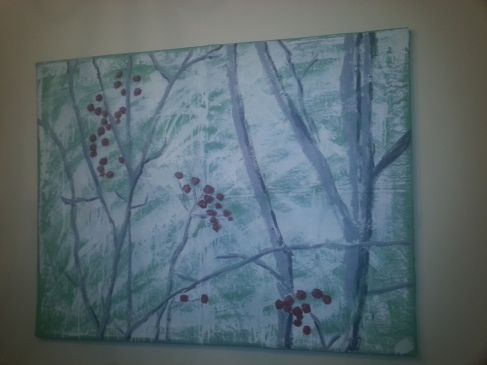Book review – Phoenix Element: Normality Twisted
Jennifer Kibble brings together science and magic in the first book of her series, Phoenix Element: Normality Twisted. Young Jennibelle, a normal fourteen-year-old, encounters the same worries as most girls her age: relationships with her father and Uncle Raven, overbearing friends like her pal Teresa, and the occasional babysitting gig with young Miles. But, when Jennibelle meets a new student named Kyle, everything begins to change. As Jennibelle and Miles visit the mall one evening, they see a news report that shows portals opening all over the world and robots entering into her world. Shocked, they decide to leave, but not before a portal opens before them. Luckily, Kyle is waiting in the wings to save the day, using his electrical powers and special portal opening device. He whisks Jennibelle and Miles away to another planet and hides them, but then loses them to the evil Ozma. After a harrowing adventure and escape, Jennibelle settles back into her former life on Earth, but not for long. Before she can get comfortable, she is caught up in magic, interplanetary adventures, and an education she never dreamed she’d have.
Ms. Kibble successfully sets up a world full of magic, science, and wonder in her science fiction/fantasy novel. While the vast number of characters are difficult to keep up with, they are fairly well executed, if not entirely developed. The story takes a breathless pace, leaving a bit of presence lacking and the plot is a bit overwrought. However, the story is cohesive and allows the reader to follow the action without a great deal of re-reading. Such concepts as reincarnation and pantheism are touched on in the story as well. Overall, the book is a fun read and leaves the reader with an expectation that more character development and adventure will happen in her second book of the series, Phoenix Element: Mages of Vane.






